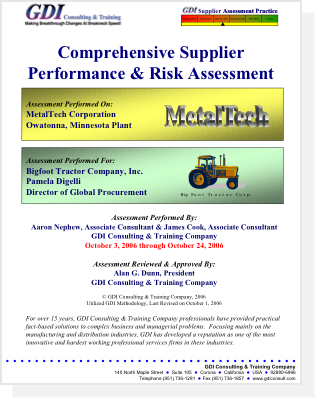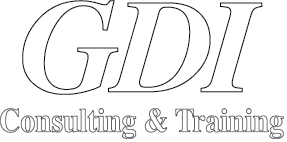Why Your Company Needs To do a Better Job of Supplier Evaluation… 5 BIG Reasons
- Global Suppliers are Farther Away
- Lead Times are Longer
- JIT Eliminates Buffers
- Less Inventory is In the Pipeline
- Suppliers are Harder To Get To Know
"Proactive & thorough due diligence of critical Suppliers is a new necessity in the global supply world where distances can be great, supply complexities can be even greater & consequences of poor supply can be devastating to the bottom line."
- Alan G. Dunn





